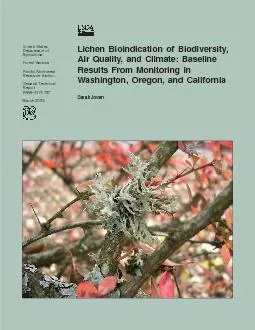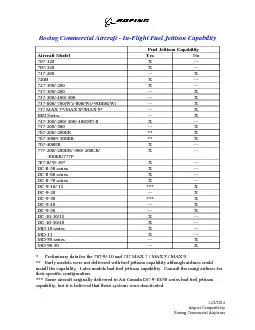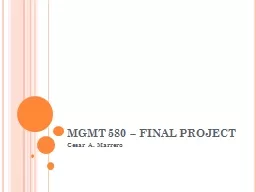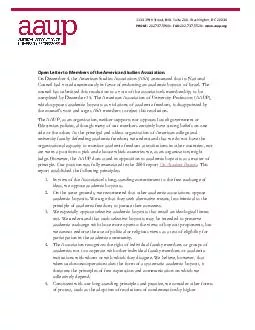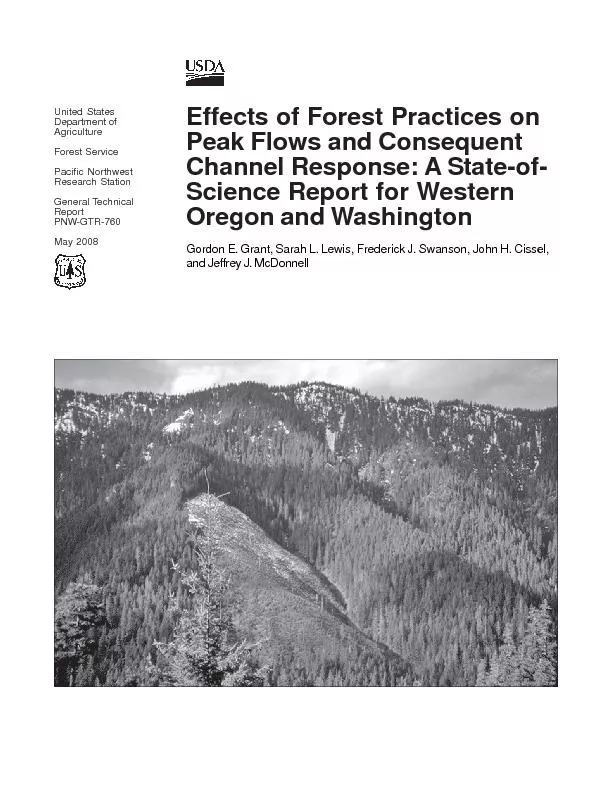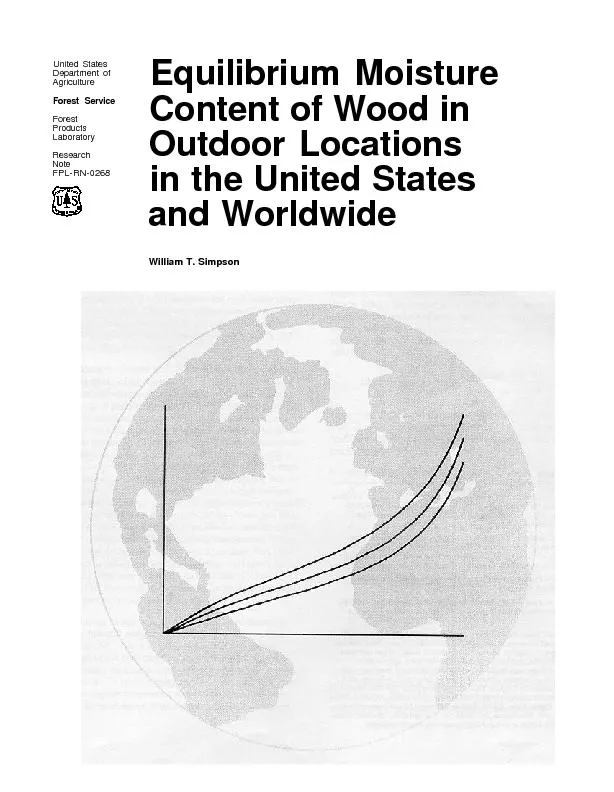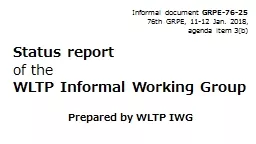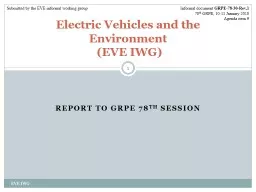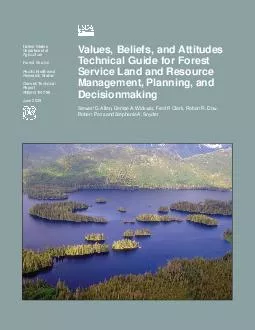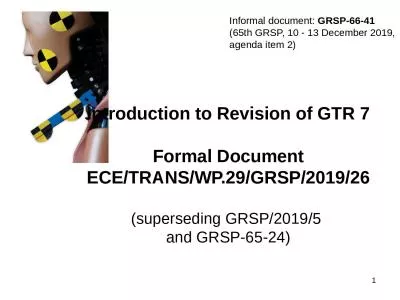PDF-United StatesDepartment ofResearch StationGeneral TechnicalPNW-GTR-737
Author : sherrill-nordquist | Published Date : 2017-01-31
Lichen Bioindication of BiodiversityAir Quality and Climate BaselineResults From Monitoring inWashington Oregon and California Sarah Jovan Jovan Sarah 2008 Lichen
Presentation Embed Code
Download Presentation
Download Presentation The PPT/PDF document "United StatesDepartment ofResearch Stati..." is the property of its rightful owner. Permission is granted to download and print the materials on this website for personal, non-commercial use only, and to display it on your personal computer provided you do not modify the materials and that you retain all copyright notices contained in the materials. By downloading content from our website, you accept the terms of this agreement.
United StatesDepartment ofResearch StationGeneral TechnicalPNW-GTR-737: Transcript
Download Rules Of Document
"United StatesDepartment ofResearch StationGeneral TechnicalPNW-GTR-737"The content belongs to its owner. You may download and print it for personal use, without modification, and keep all copyright notices. By downloading, you agree to these terms.
Related Documents

